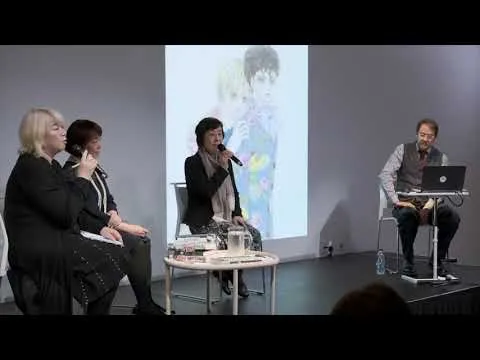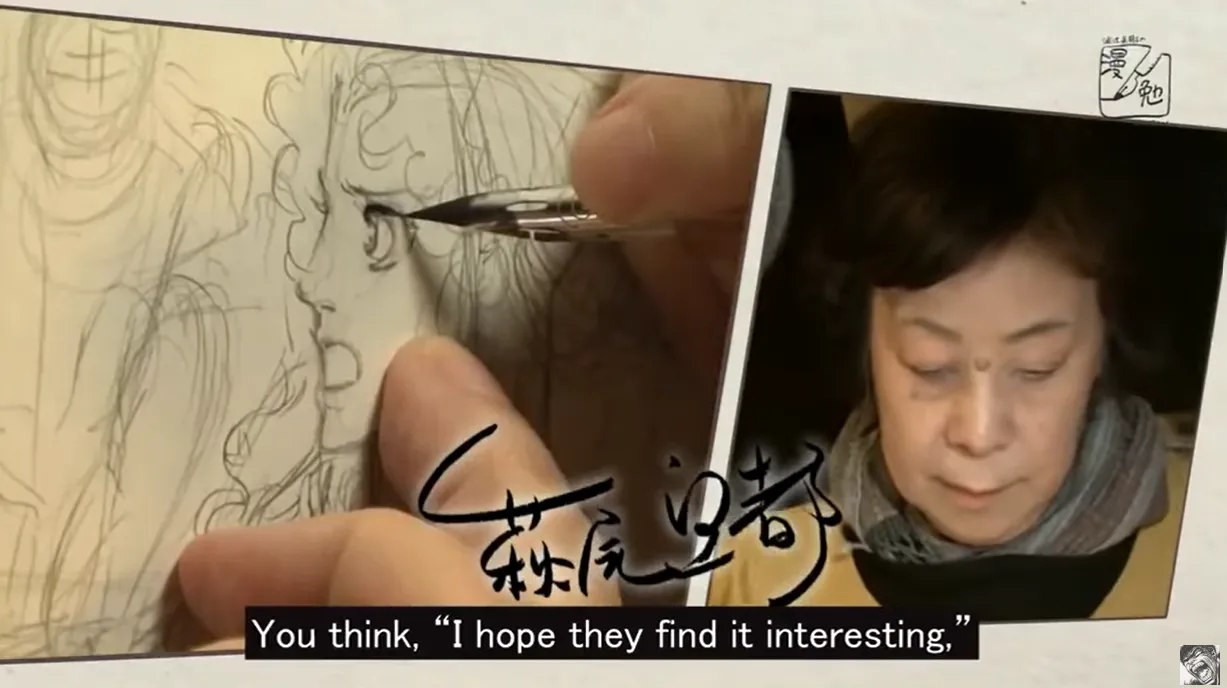
Moto Hagio - Interview No. 1 - 1/2
Please check it out if you haven't read the first half of the interview with Ms. Moto Hagio. @mizuosemla/moto-hagio-interview-no-1
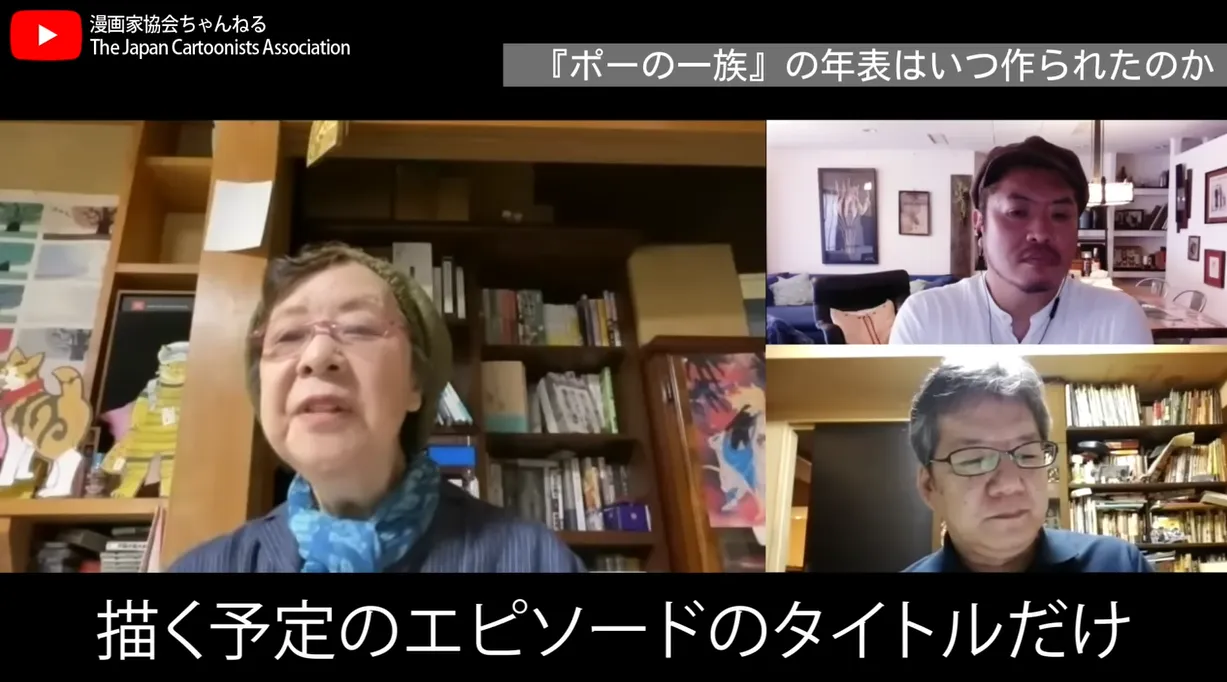
When was the "The Poe's Clan" timeline created?
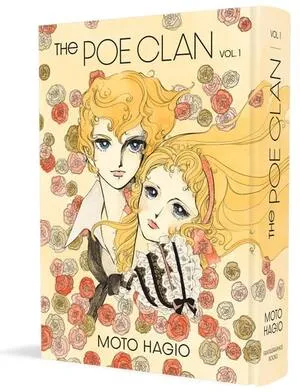
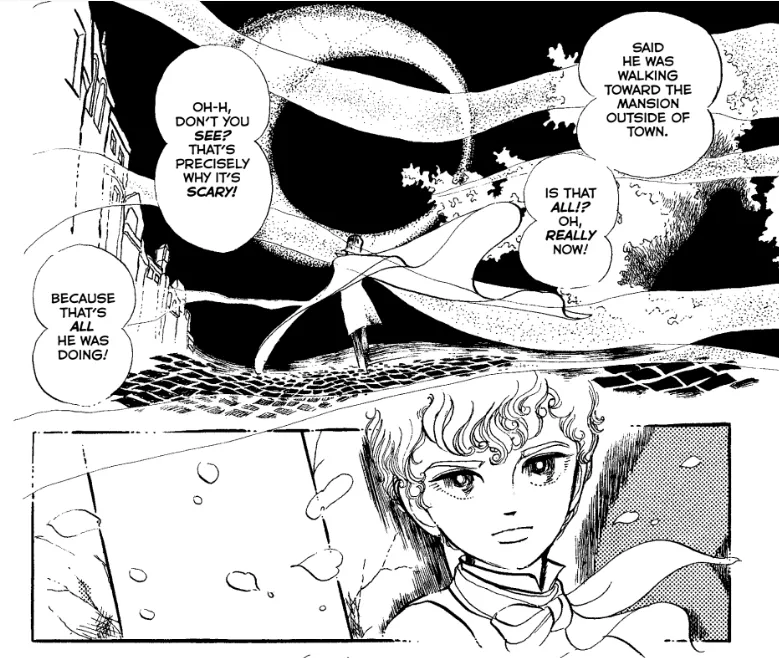
Morikawa: About "The Poe's Clan". I received a lot of questions about it, and many of them are similar to this question.
Question - "I would like to know at what stage the chronology of the whole story was created."
Morikawa - I also think that the author has a tendency to summarize a lot of the stories. I wonder if the author has a chronology in her/his mind.
Hagio: The first episode of "The Poe's Clan" was written in 1872 in the story, I think. And, I drew the first episode, went back to the past, and then came back to the present. Then, I just put in the titles of the episodes I was going to write. I didn't overthink the details. I was just trying to figure out why I wanted the episode to be in this time period, and I'm a clothes geek, so it was all about the dress. And then I do a lot of research on the political background and other things later on.
How to do a preliminary study when painting dated objects

It is a story how "Queen Margo" was created by Moto Hagio.
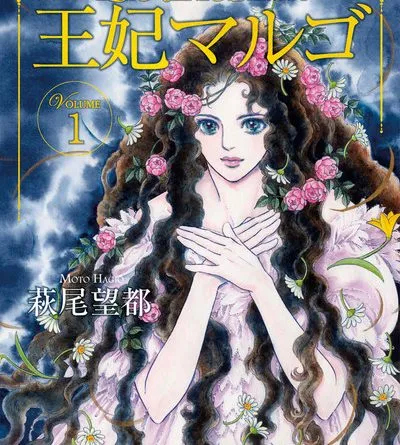
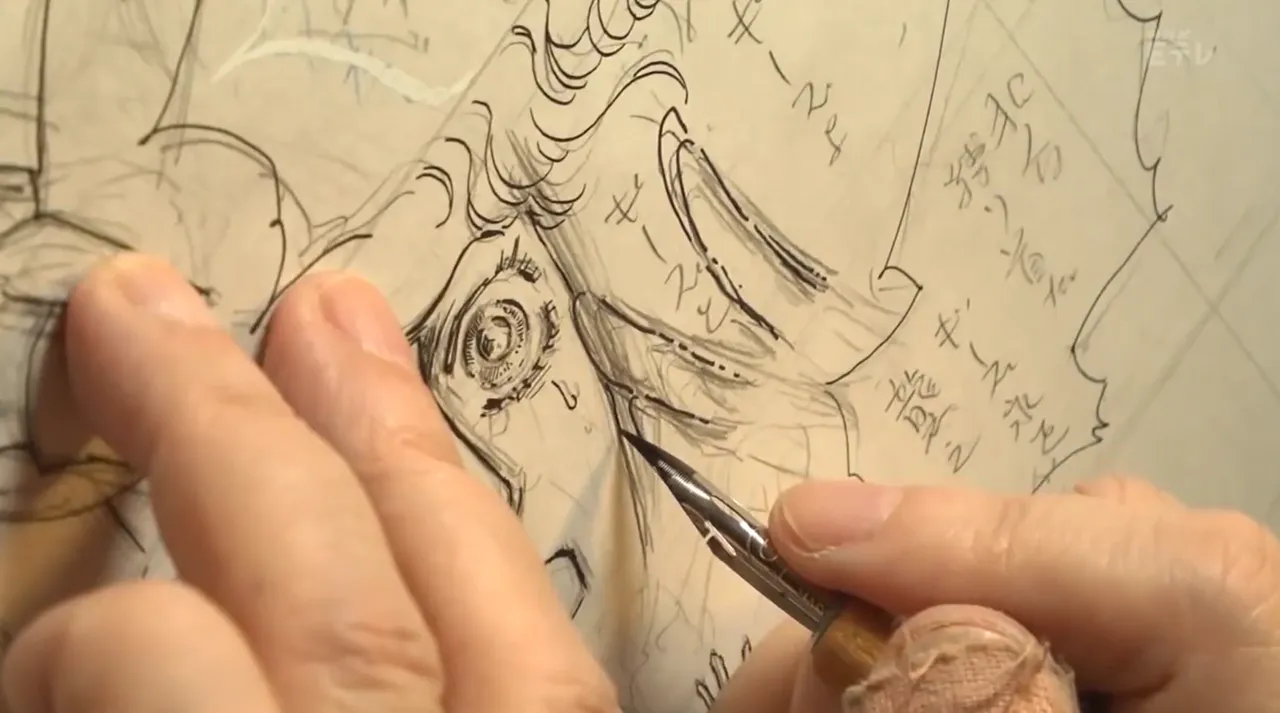
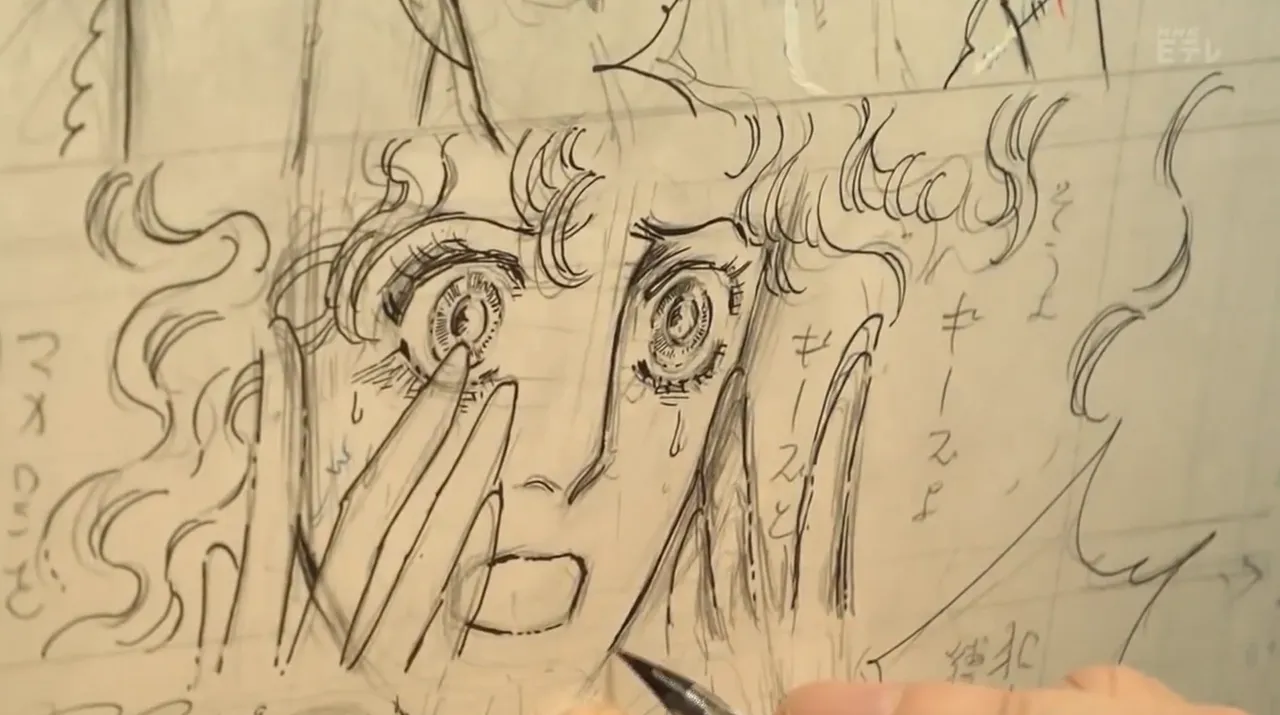
Morikawa: Well, let me ask you about "research". There is a manga called "Queen Margot". How long did it take from the time you decided to draw "Queen Margot" to the time you started writing it? You had to do a lot of preliminary research on the history, culture, language, scenery, accessories, and houses to depict a real person, and it was a long time ago. How did you cover that? This is a great question for me and Mr. Yatagawa. I don't think writers of your generation had access to the Internet, so I don't think you were able to do any research.
Hagio: We already had it at the time of "Queen Margot."
Morikawa: Did you have the Internet? (*Note: The serialization of "Queen Margot" started in 2012.)
Hagio: Yes, I looked it up. And, for example, there are painters who lived in this period, such as the painter of the year 1500. For example, there is Holbein or Holbein who painted a huge portrait of King Henry VIII.
KITAGAWA:Hans Holbein, yes.
Hagio: If you look up such a painter on Wikipedia, you can find a list of things he/she painted in that period. So if you explore tables, floors, walls, windows, knick-knacks, and so on, you will find quite a few interesting things.
Morikawa: So that's how you do it?
Hagio: Also, if you search for the religious painting "Annunciation of Mary," you will find "Annunciation of Mary" from various ages and periods. Then, "The Last Supper" also appears. The Last Supper" is a story from B.C., but the drama itself is not. However, since people of the time period depicted the story, people of the 13th century depicted the "Last Supper" of the 13th century. It is the same as the dinner table of the 13th century. For example, I was wondering why the table was made of a single piece of wood with crossed legs. I wondered why he painted on such an unstable table, but when the meal was over, people would take the board and the table apart and put them away. The table was not always set out. Just by looking at "The Last Supper" for a moment, you can understand that much. You can also tell when the glass was made, how the fish was cooked, and so on.
Morikawa: Wow! The way you approach it is totally different from my own. Amazing...
KITAGAWA: I learn so much.
How to maintain your body?
Morikawa: "I think being a manga artist is a physical occupation, and one that tends to cause shoulder, back, and wrist injuries, but how does Hagio Sensei build up your physical strength and maintain your own body?" What do you think?
Hagio: The simple answer is simply nipping and tugging. Just like an athlete often tickles walnuts, without holding anything.
Morikawa: I will do it. I will do it from now on.
Hagio: That's really about it, nothing more.
Morikawa: That's about it?
Hagio: I also sleep a lot to keep my strength up.
Morikawa: Kitagawa-kun, you are still lifting barbells weighing about 120 kg.
Hagio: Oh!
Kittigawa: I don't think I do that much now...I'm a little over 50...I do it once in a while.
Morikawa: You still do it occasionally?
Kittigawa: But I don't raise it like I did when I was younger and say, "How's it going? like I used to do when I was younger.
Morikawa: I see.
Hagio: That's amazing. I really think it's great when I hear about it, but I don't do it myself (laughs).
Kitagawa: No, no, no, Ms. Hagio, not like that (laughs).
Current drawing environment
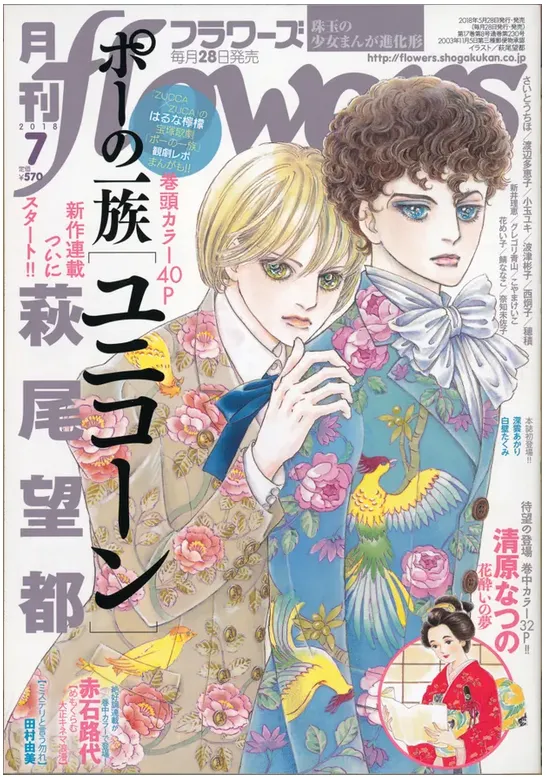
Hagio Moto’s The Poe Clan: graphic novelty
Morikawa: Next, let me ask you the last question. I'm wondering how you are doing, Ms. Hagio. This is quite interesting. I would like to know what you think will happen in the future, looking at the current situation of the manga industry and the Web. You mean the electronic age, right?
Hagio: Yes, that's right. I also buy and read a lot of electronic manga.
Morikawa: To begin with, Ms. Hagio, what kind of art materials do you use now?
Hagio: I use a combination of analog and digital materials. For digital, I use an iPad and Clip Studio. Analog is the same as before: manuscript paper, screen tones, and a sign pen.
Morikawa: Oh, so it's not too much to say that you are already doing exactly the same thing as today's young artists, right?
Hagio: I met with Mr. Yukinobu Hoshino the other day, and he draws all of his figures with a pen or a brush. He scanned them onto the digital screen, and then drew tones and patterns on top of them. He said, "Ms. Hagio, let's draw the figures in analog. But my hands are so wobbly that they shake after I draw one picture, so I can't do analog pens anymore. I can draw digitally, so I decided to use the digital method.
Morikawa: You mean you don't use as much force with digital?
Hagio: It doesn't use as much force. I just started, but when I draw very thin lines with digital, they all get lost in the printing process. When you print it out. I have been asked to print out the entire image as data without printing it out, but I have to print it out and apply white and tone to it. I'm still in that stage of feeling. When I draw with thicker digital lines, it looks a bit unrefined. So, I'm trying to solve that problem now.
KITAGAWA: Ms. Hagio, do you use analog screen tones?
Hagio: Yes, I do. I don't have the skills to apply screen tones yet. Neither I nor my staff have the skills to apply screen tones.
KITAGAWA: Nowadays, however, most of the people who are working digitally are too lazy to buy screen tones, so they do the screen tones digitally.
Hagio: I bought a lot of them in the analog era (laughs).
Morikawa: You are very interesting, Hagio-san. But, you really are a challenger, aren't you?
Kitanogawa: That's amazing, isn't it?
Morikawa: Kittigawa-kun, that's great, this story.
Kittigawa: It's a treasure, this.
About the Manga Industry's Growing Web Expansion
List of manga books by Moto Hagio ⇒ Check it out here!!!
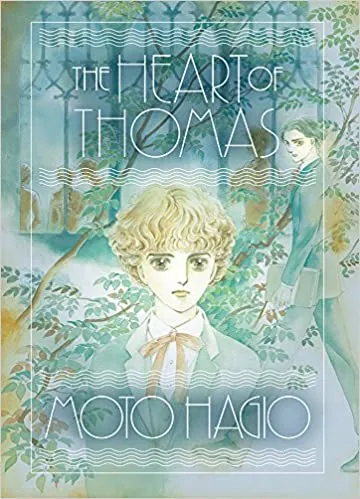
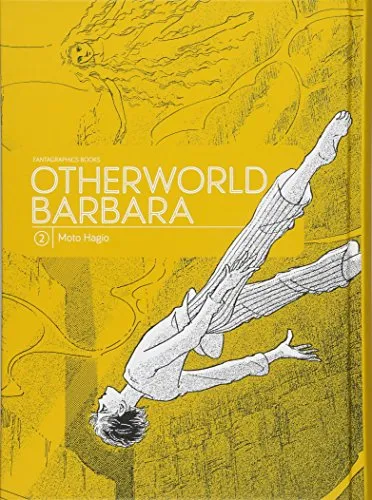
Morikawa: I understand how you draw, Mr. Hagio, but you said, "Look at the situation in the manga industry and on the Web. What do you think will happen to the manga industry, Ms Hagio?
Hagio: I think there are many people who want to express themselves in the world of expression. However, until now, the barriers to making a debut were very high, but now people can draw what they want to draw as if it were a diary, not like "Today's Mr. Nekomura. I think it's great that you can now smoothly draw what you want to draw in a diary-like manner and have it read by other people. Even if a work is good enough to be published, if it doesn't get any surveys, there is no more sadness that it won't be published in a book or that it will be cut off. Even if there are not many customers, if it is on the Web, there may be more people who will eventually sympathize with it, and I think the Web is very good because it has created such a path. I read a webcomic that I was told was interesting, so I bought the paper version of the comic.
Morikawa: So it is easier for both buyers and new manga artists to enter the industry?
Hagio: That's right. Like a big Comike? ( What is Comike?)
Morikawa: I've never heard anyone say that it's easy for newcomers to enter the industry. You are very kind, Ms. Hagio.
Hagio: I think that Japanese manga is an "asset" of Japan. That's why I want more people around the world to read such interesting things. But sadly, there are not that many people who can read Japanese. I wonder...if we had that automatic translator, we could translate the lines of the manga.
Morikawa: I think that field will progress rapidly.
Hagio: Hey. It would be interesting to see progress.
Who is Moto Hagio?

「ポーの一族」の年表はいつ作られたのか
森川:「ポーの一族」についてなんですけど。この質問いっぱい来まして、似たような質問がいっぱい来たんですけど。「「ポーの一族」は大きな流れのあちこちをつまみ取るように短編が描かれていますが、どの段階で全体の年表ができたのかが知りたいです」。ちょっと僕も思うんですけど結構かいつまんで描くじゃないですか。作者の頭の中には年表があるのかどうかってことですよね。
萩尾:年表はね「ポーの一族」の1回目が1872年だったかな。1回目を描いて、過去に戻って、それからまた現代の方に来るっていう段階で、長いちょっと年表を1回書きました。そして書く予定のエピソードのタイトルだけ入れていたんですね。細かいことあんまり考えずに。そのエピソードをどうしてこの時代にするのかで、だいたい私は洋服オタクなもので、このドレスを着せたいとかね、なんかそういうのが全てで。で、それにまつわる政治的な背景と後からいろいろ調べたりしています。
年代ものを描くときの下調べの方法
森川:じゃあね“調べる”について聞きたいんですけど。「王妃マルゴ」っていう漫画があると思うんですけど。「「王妃マルゴ」を描こうとお決めになってから、執筆開始まで準備がどれぐらいの期間があったのでしょうか?実在した人物を描くための歴史、文化、言語、風景、小物や家屋の下調べなど、しかもはるか昔のものですよね。それをどう取材したのか」と。これ僕やきたがわ君はすごく疑問なんですけど。萩尾さんの年代の作家さんってネットがなかったんで調べられないと思うんですよ。
萩尾;マルゴの頃はもうあったので
森川:ネットありました?(※注:「王妃マルゴ」の連載開始は2012年です)
萩尾:はい、調べました。あとあの、例えばこの時代に生きた画家ってのがいますよね。1500何年の画家とか。ヘンリー8世のなんかでかい肖像画を描いたホルベインだか、ホルバインだか。
きたがわ:ハンス・ホルバインですね。
萩尾:そういう画家がいると、その画家をWikipediaで引くと、その時代にその画家が描いたものがざっと出てくるんです。だからテーブルとか床とか壁とか窓とか小物とか、そこら辺で探っていくと、結構面白いものが出てくる。
森川:その手があるのか!
萩尾:あと、宗教画「マリアの受胎告知」で引くと、いろんな年代の時代の「マリアの受胎告知」が出てくる。それから「最後の晩餐」も出てくる。「最後の晩餐」は紀元前の話なんだけども、ドラマ自体はね。だけどその時代時代の人が描くもんですから、13世紀の人は13世紀の「最後の晩餐」を描くわけです。それは13世紀の食卓と一緒なんです。例えばすごく不思議だったんだけど、1枚板にねクロスした足がついてんですよ。どうしてこんな不安定なテーブルで描いたのだろうと思ったら、食事が終わったらね、板とテーブルをばらして片付けるんですよ。テーブルがいつも出されてるもんじゃなかったんです。「最後の晩餐」をちょっと絵で見るだけで、それだけのことがわかってしまう。で、ガラスがいつ頃できたとか、お魚どんなふうに料理してたかとか、なんかそんなこともわかる。
森川:すげぇ!アプローチの仕方が全然自分と違う。すげぇ…
きたがわ:めちゃめちゃ勉強になる。
身体のメンテナンス方法
森川:「漫画家は体力勝負で、肩腰手首を痛めがちな職業だと思うのですが、萩尾先生はどうやって体力づくりやご自身のおからだをメンテナンスされているのでしょうか?」と。いかがでしょう?
萩尾:簡単なことだと、単にニギニギをしている。よくスポーツ選手がくるみをカチカチするみたいに、何にも持たないで、ニギニギ。
森川:やります。これからやります。
萩尾:本当にそれぐらいで何もしない。
森川:それぐらいなんですか?
萩尾:あとは体力を保つためによく寝る。
森川:きたがわ君、今だに120キロくらいのバーベル上げてます。
萩尾:おお!
きたがわ:今はね、そこまではやってないかもしれない。50過ぎてちょっと…たまにはやりますけど。
森川:たまにやっぱりやってるの?
きたがわ:でも若い頃みたいに上げて「どうだ!」みたいなことは、もうさすがに。
森川:なるほどね。
萩尾:すごいねぇ。いや本当、そういう話聞くとすごいなぁと思うけど自分ではやらない(笑)。
きたがわ:いやいや、萩尾先生、そんな(笑)
現在の作画環境について
森川:じゃあ次、最後の質問しましょうか。これちょっとね、僕、こう萩尾さんどうなんだろうっていう。これかなり興味深いんですけど。「先生が今の漫画業界やWebの状況を見て、これからどうなると予想されるか知りたいです。」電子時代のことですよね。
萩尾:そうですね。私も電子漫画結構買って読んでるので。
森川:そもそも萩尾さん、今画材は何を使ってます?
萩尾:アナログとデジタルをセットでやってるんです。デジタルはiPadとクリップスタジオ。アナログはこれまでと同じように原稿用紙とスクリーントーンとサインペン。
森川:あ、じゃあ、もう今の若い作家さんと全く同じやり方してるしてると言っても過言ではないんですよね。
萩尾:この間、星野之宣先生と会ったら、人物は全部ペンか筆で描く。それをスキャンしてデジタル画面上に出して、その上にトーンとか模様とかを描いていく、というんで。「萩尾さん、人物はアナログで描きましょう」って言われました。でも手がガクガクなので1枚書いたらブルブル震えるので、ちょっともうアナログのペン入れは無理。デジタルだと描けるのでデジタルの方にしています。
森川:デジタルのが力を使わないってことですか?
萩尾:力を使わない。はじめたばっかりなんですけど、デジタルってものすごく細い線を描くと印刷で全部飛んじゃうんですね。プリントアウトした時に。プリントアウトしなくて「全部データでください」と言われるんですけど、プリントアウトしてホワイトとそれからトーンを貼らないと。なんか気持ち的に今まだそこら辺の段階なので。少し太めのデジタル線で描くとね、なんか野暮ったいんですよね。で、今その課題に挑戦中です。
きたがわ:萩尾先生、スクリーントーンはアナログでやられてらっしゃるんですか?
萩尾:そうです。まだね、スクリーントーン貼るまで技術がないんです。私もうちのスタッフも。
きたがわ:今、でもデジタルされてる方は皆さんスクリーントーン買うのが面倒くさくて、スクリーン等はデジタルでやるっていう方がほとんど。
萩尾:アナログ時代に山ほど買っちゃったもんだから(笑)
森川:萩尾さんは面白いなぁ。いや、でも、本当、チャレンジャーですよね。
きたがわ:すごいですよね
森川:きたがわ君、すごいね、この話ね。
きたがわ:お宝ですよ、これ。
WEB展開が進む漫画業界について
森川:萩尾さんの描き方はわかったんですけど、「漫画業界やWebの状況を見て」って。漫画業界はどうなっていくのかなと萩尾さんは思っていますかね?
萩尾:表現の世界ではやっぱり表現したいっていう人がたくさんいると思うんですよね。でもこれまでデビューするまで非常に敷居が高かったけど、「きょうの猫村さん」じゃないけど日記感覚で自分の描きたいものを描いたりできる。そこら辺のスムーズに他の人に読んでもらえる距離感が近くなったのはとてもいいことじゃないかなと思うんです。発表していい作品であっても、アンケートが取れなかったら、もう本に載らなかったり、切られちゃったりする悲しいことがなくなって。あんまりお客さんいなくてもWeb上に載ってれば、そのうち共感する人が増えるかもしれないし。Webっていうのはそういう道筋を作ったことで、とてもいいんじゃないかなと思います。私もなんか「このWeb漫画が面白いよって」言われて読んで面白かったもんで、それで紙の本を買ってというのも結構あるので。
森川:じゃあ、買う人も新人漫画家さんも業界に入りやすいってことですよね。
萩尾:そうですね。大きなコミケみたいなもの?
森川:新人さんが入りやすいっていうような答え方した人、僕初めて聞きました。優しいですね、萩尾先生は。
萩尾:私ね日本の漫画って日本の“財産”だと思うんですよね。だからこんな面白いをものもっと世界の人に読んでもらいたい。だけど悲しいかな、ほら、日本語読める人ってそんなにいないから。何だろうね…あの自動翻訳機があれば、漫画のセリフに。
森川:その分野はどんどん進歩していくと思いますね。
萩尾:ねぇ。進歩すると面白いですね。
【参照】
萩尾望都作品目録
https://hagiomoto.info/?p=352

Tired 👉 Nap
Sad 👉 Music
Stressed 👉 Walk
Angry 👉 Exercise
Burn out 👉 Read
Feeling lost 👉 Pray
Overthinking 👉 Write
Anxious 👉 Meditate
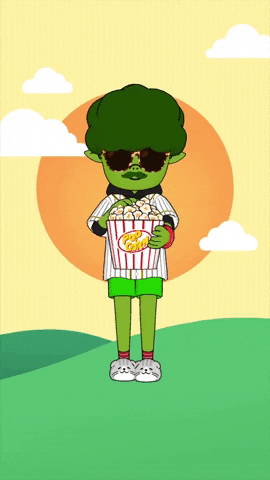
🥦 ᚨᛚᚢ 🥦
🥦 ᛗᛁᛉᚢᛟ ᛫ ᚾᛗᚱᚲ 🥦
🥦 Ha det så bra!🥦
🥦See you again!🥦
🥦ほなまたねぇ~🥦
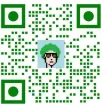
#Okonomiyaki #Osaka
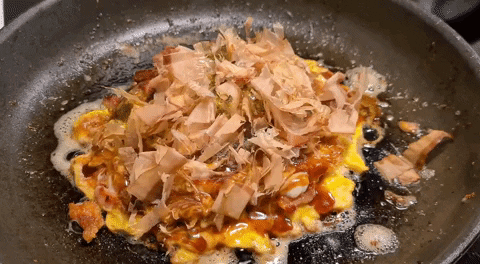
How to cook Osaka okonomiyaki?
🍣🥦 Cross Culture - /created/hive-181017 🍣🥦 by @whatamidoing
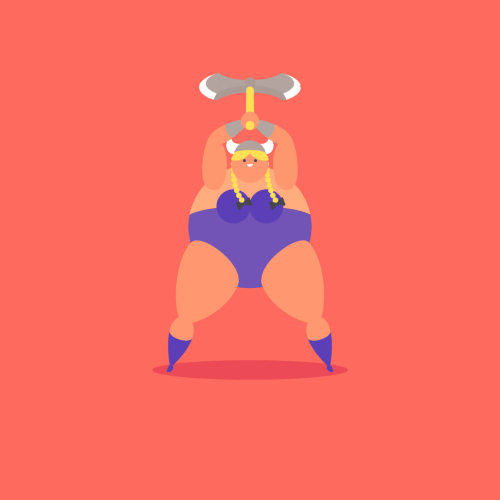
By http://www.slimjimstudios.com/
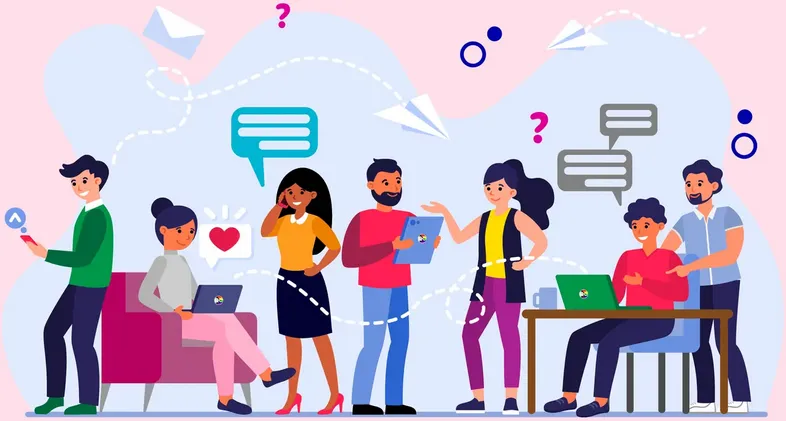
🏳️⚧️🏳️🌈QC Community 🏳️🌈🏳️⚧️👉👉 /created/hive-117084 by @queercoin
💨 Don't get carried away by the Eight Winds 💨
🌬1) Prosperity - 利
🌬2) Decline - 衰
🌬3) Disgrace - 毀
🌬4) Honor - 誉
🌬5) Praise - 称
🌬6) Censure - 譏
🌬7) Suffering - 苦
🌬8) Pleasure - 楽
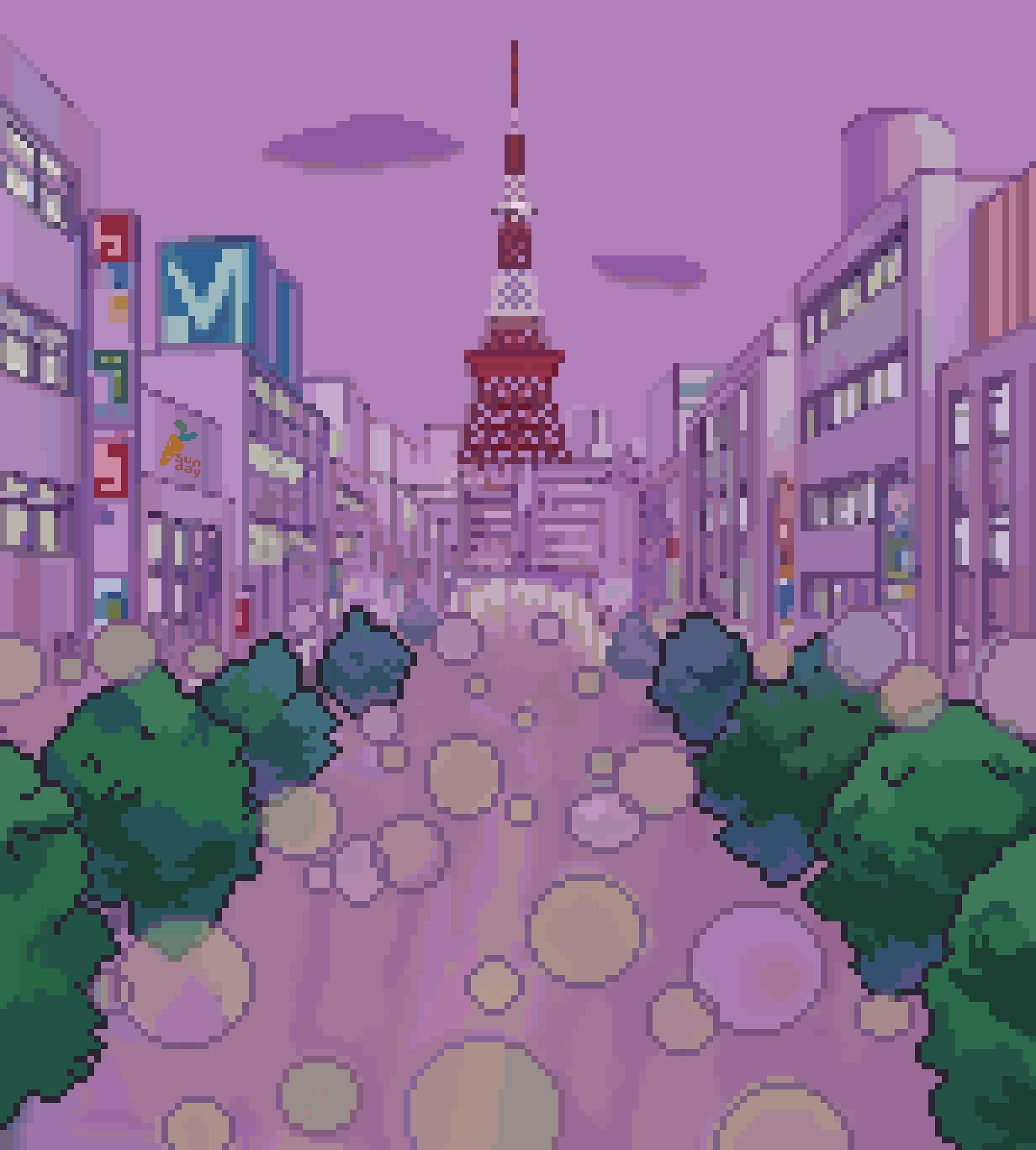
by @pxlmitsu
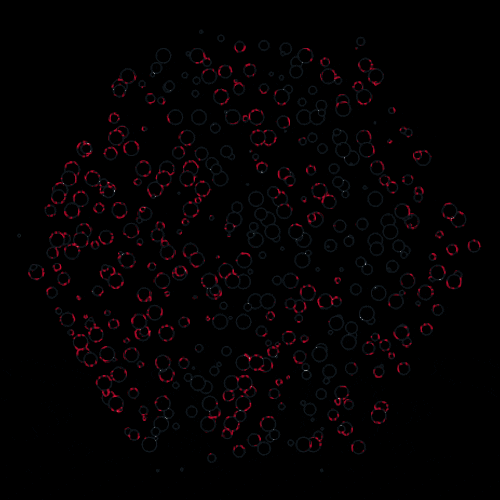
by @doze 🍯🐝https://linktr.ee/_Hive.io🍯🐝
HIVEってなんなん?🍯🐝🐝👉ここ

